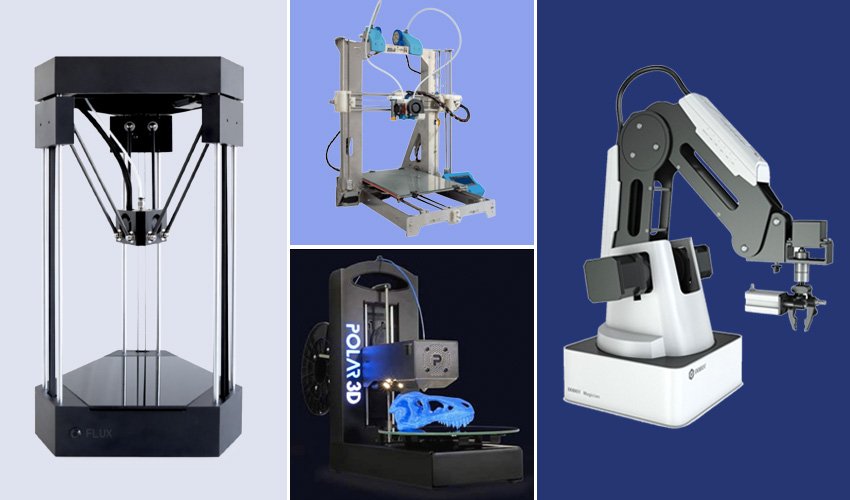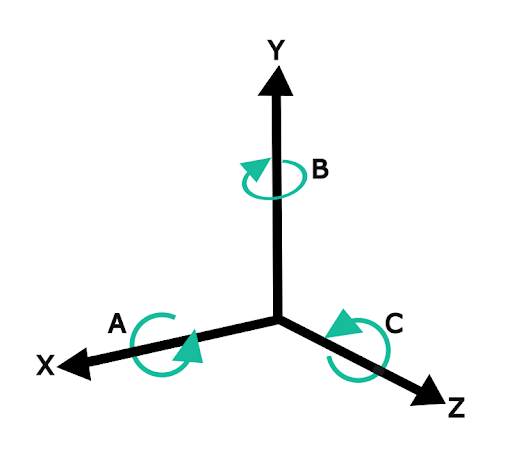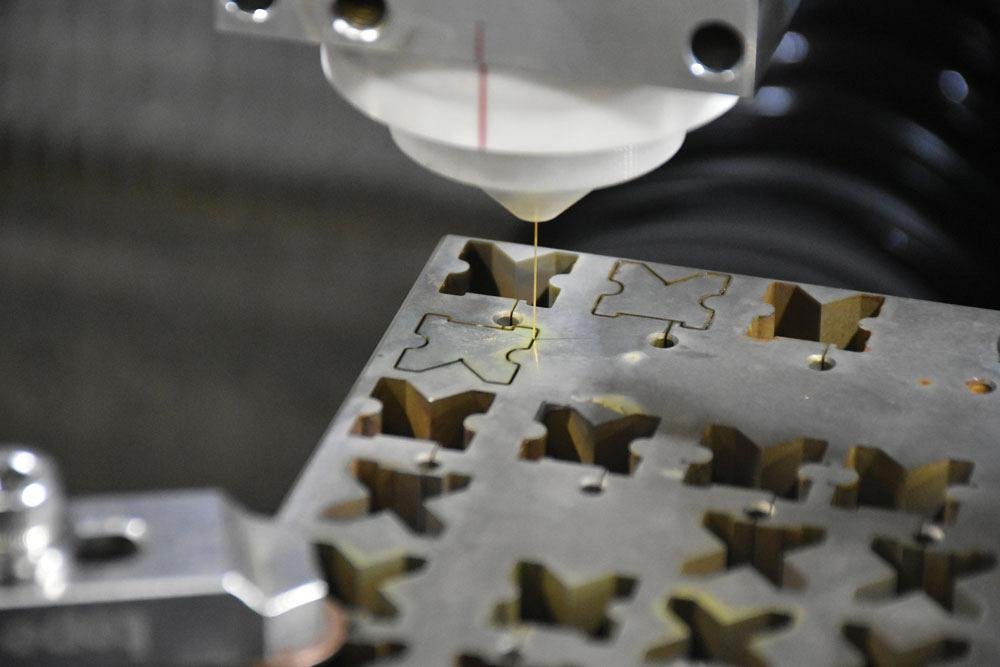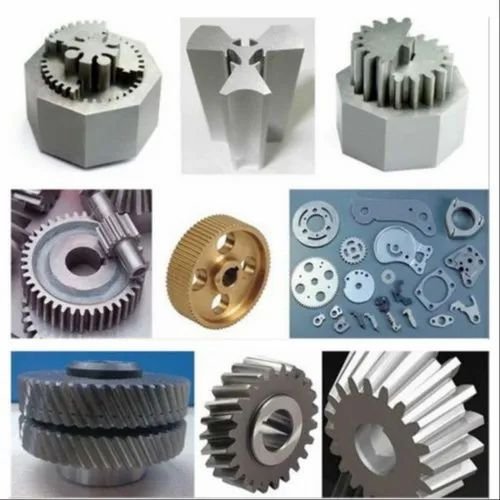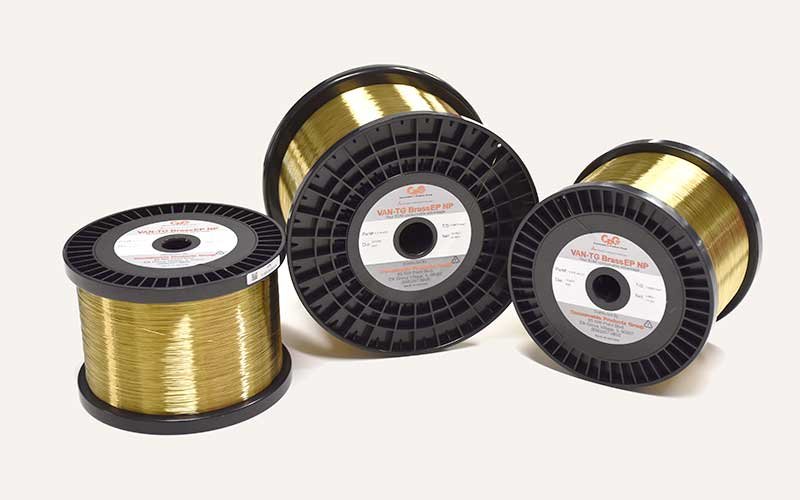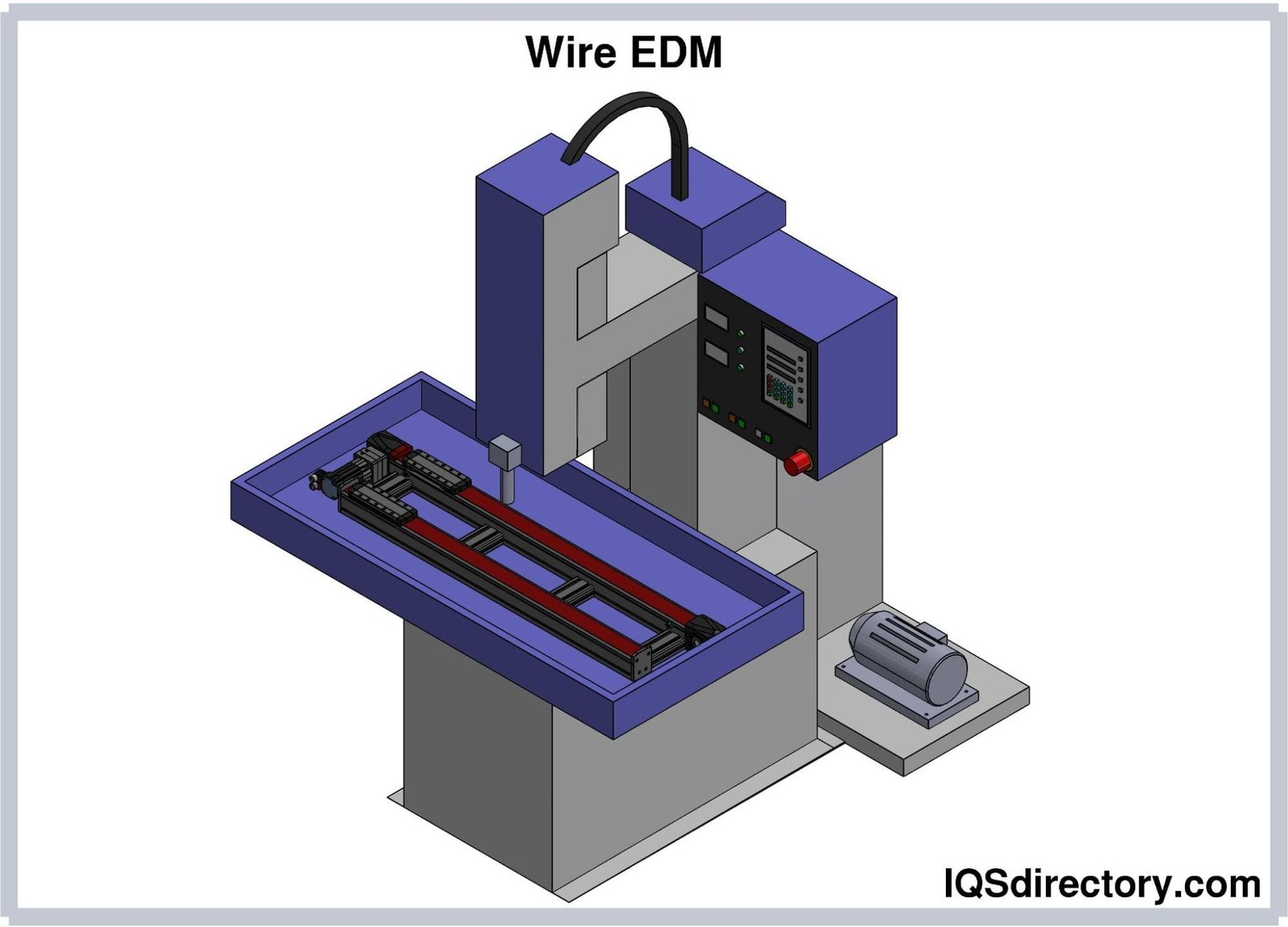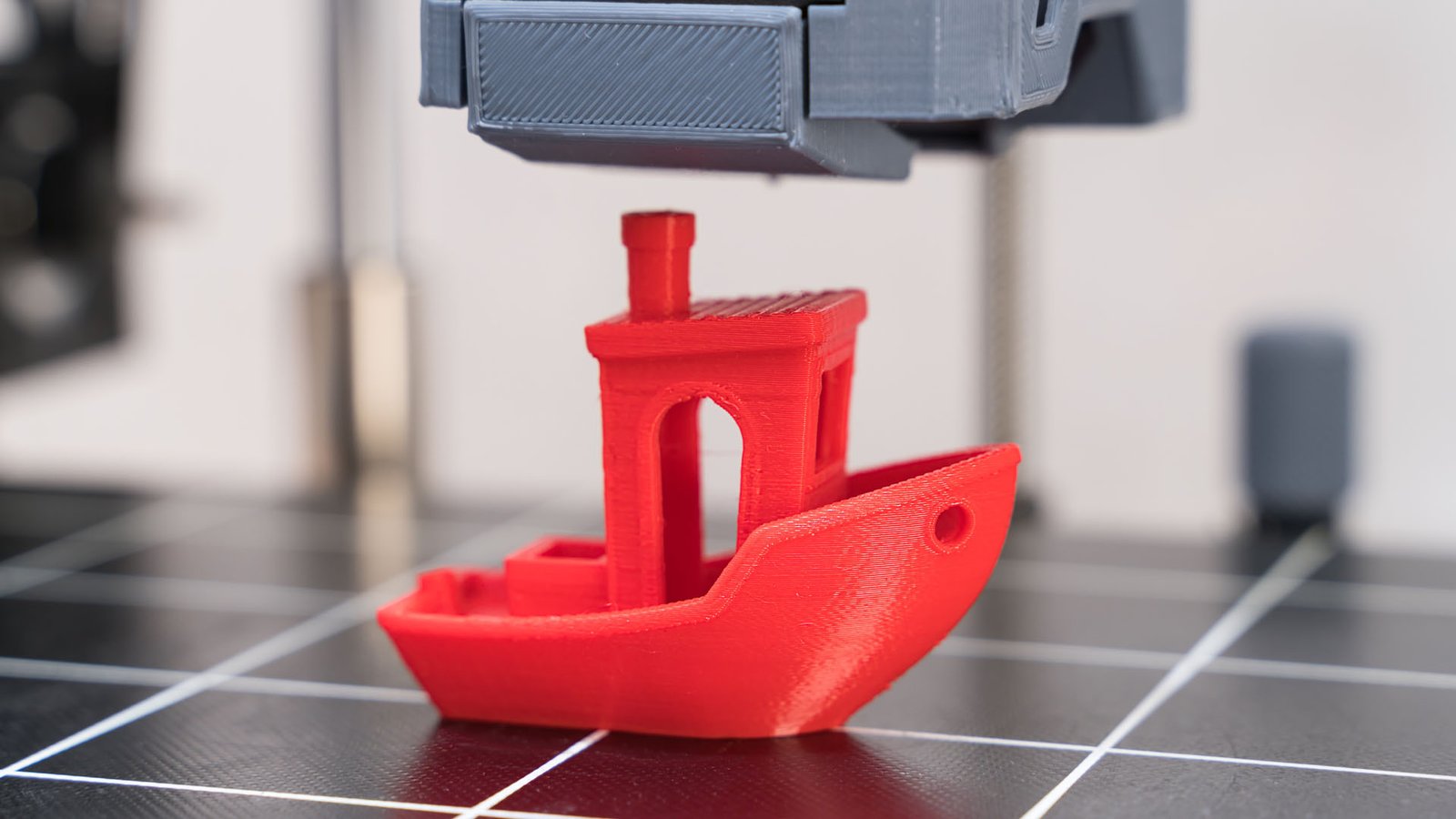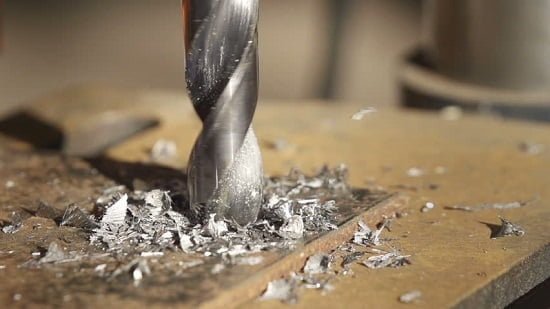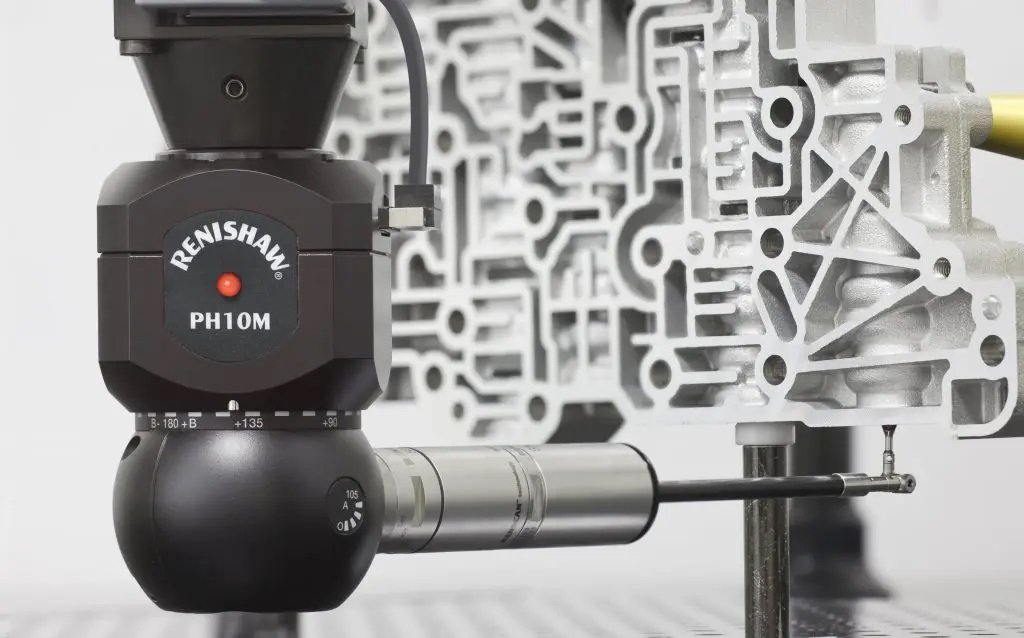4 Common Technologies of FDM 3D Printers
When discussing different types of 3D printers, we usually refer to the technology behind them, such as SLA, FDM, SLS, and Polyjet. Each of these technologies can be further divided into various categories. Particularly, FDM (Fused Deposition Modeling) 3D printers, due to their widespread use and popularity, come in different types that each have their specific mechanisms. Let’s explore four different types of FDM 3D printers: Cartesian, Delta, Polar, and Robotic Arm.
Cartesian FDM 3D Printers
- The most common type among FDM printers, Cartesian printers operate based on the Cartesian coordinate system in mathematics, utilizing X, Y, and Z axes to position the print nozzle. In these printers, the print bed typically moves along the Z-axis while the extruder moves in the X and Y directions.
- Examples include brands like Ultimaker and MakerBot. In some of these printers, the print bed may move in a different axis, such as along the Y-axis.
Polar FDM 3D Printers
- The positioning in Polar FDM printers is defined by angle and length instead of the X, Y, and Z axes. This means that the print bed rotates and moves simultaneously, while the extruder only moves vertically.
- The main advantage of Polar FDM printers is that they only require two motors, as opposed to the minimum of three motors needed for Cartesian printers. They also have optimized energy consumption and can produce larger objects in a smaller space.
Delta FDM 3D Printers
- Recently gaining more visibility in the market, Delta printers are based on the design of parallel delta robots and feature six degrees of freedom. They are more complex in design and construction compared to other FDM printer types.
- The extruder in Delta printers is positioned based on Cartesian coordinates. These printers are designed to increase printing speed, though many believe they do not match the accuracy of standard Cartesian printers.
Robotic Arm FDM 3D Printers
- Robotic arms are typically known for assembly and manufacturing tasks in industries like automotive production.
- Pioneers in additive manufacturing are now using robotic arms in 3D printers, especially those designed for constructing buildings and houses. While still in the development stages, the use of robotic arms in 3D printing is growing. Although these printers can more easily create complex structures, their build quality is not yet as standardized as Cartesian printers.
Each of these FDM printer types offers unique capabilities and is suited for different applications, reflecting the versatility and ongoing innovation in the field of 3D printing.
Latest Articles in your inbox
Subscribe to our newsletter to get the newest manufacturing and industrial services articles in your inbox once a week.

